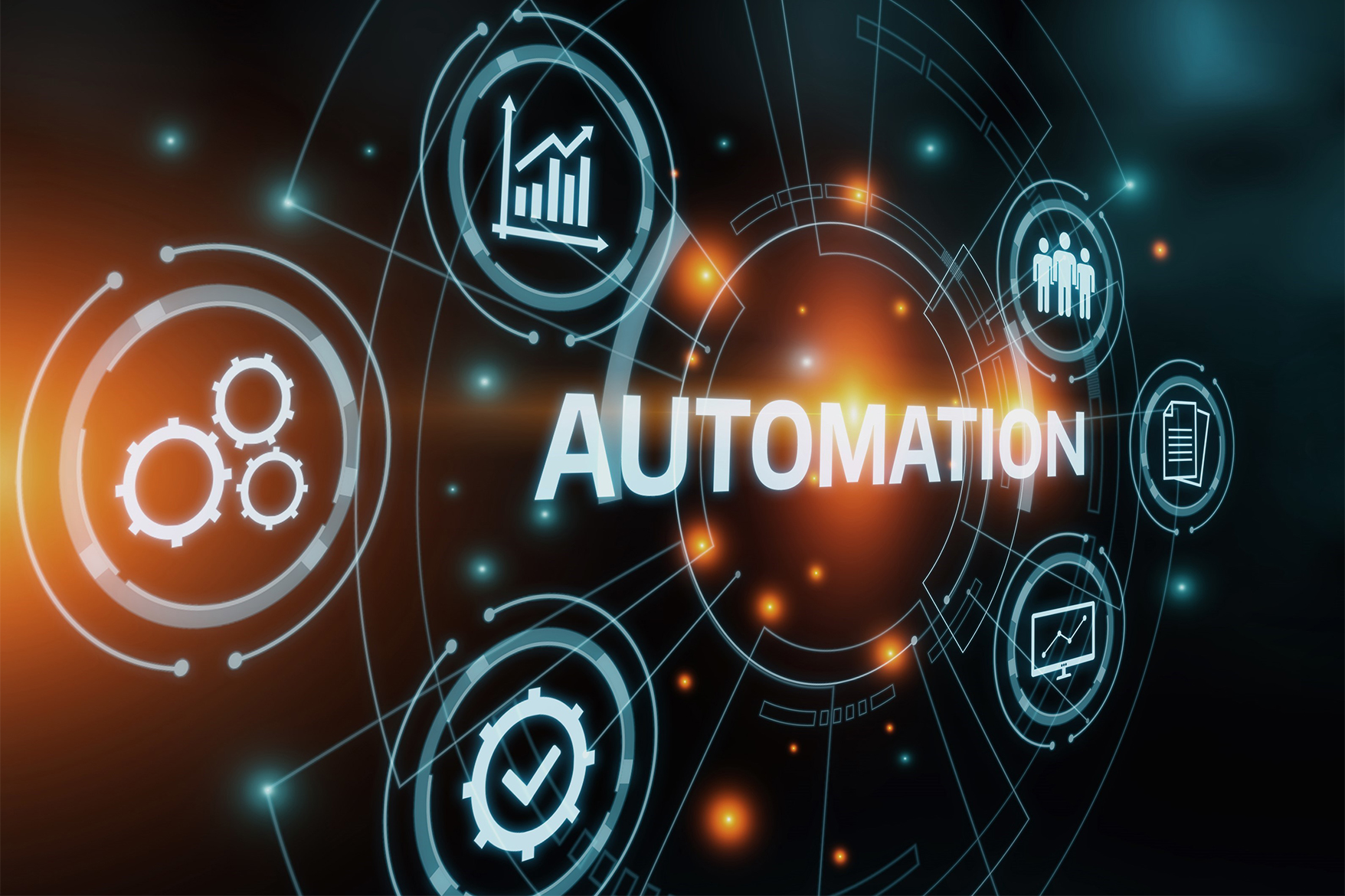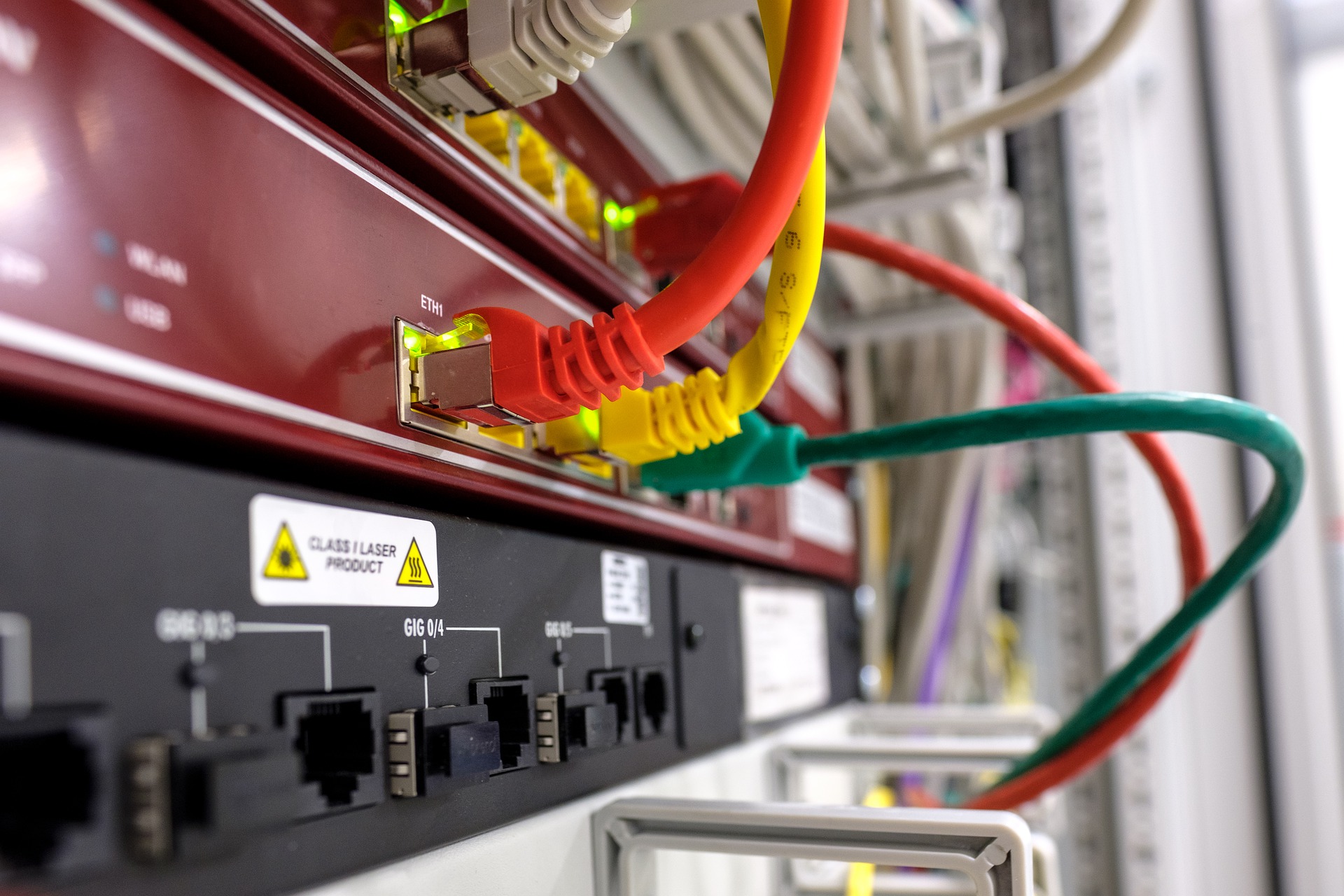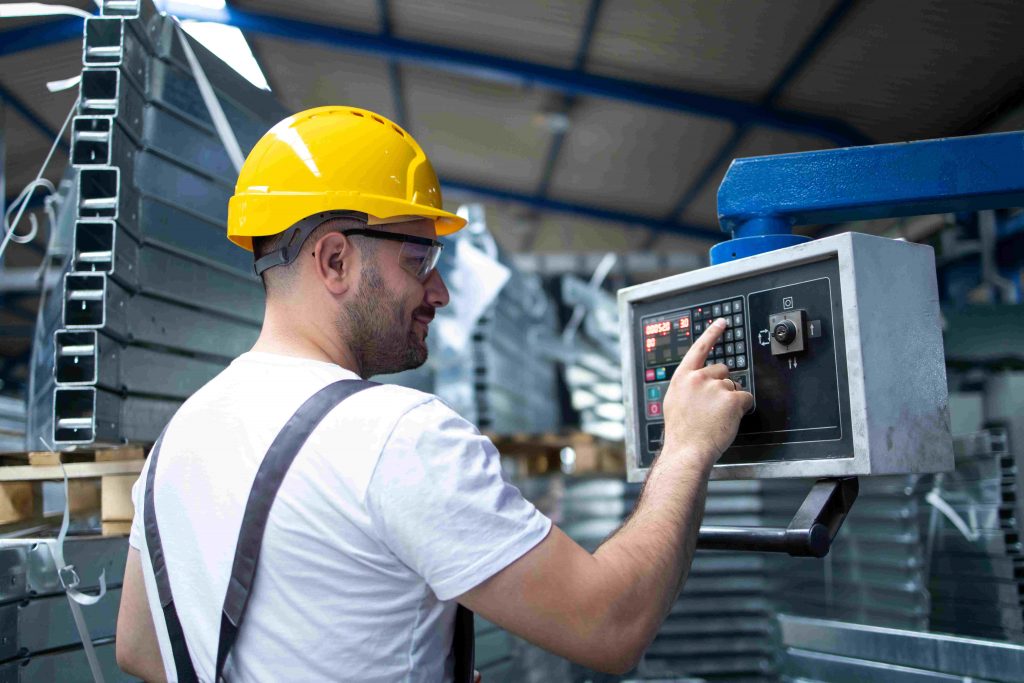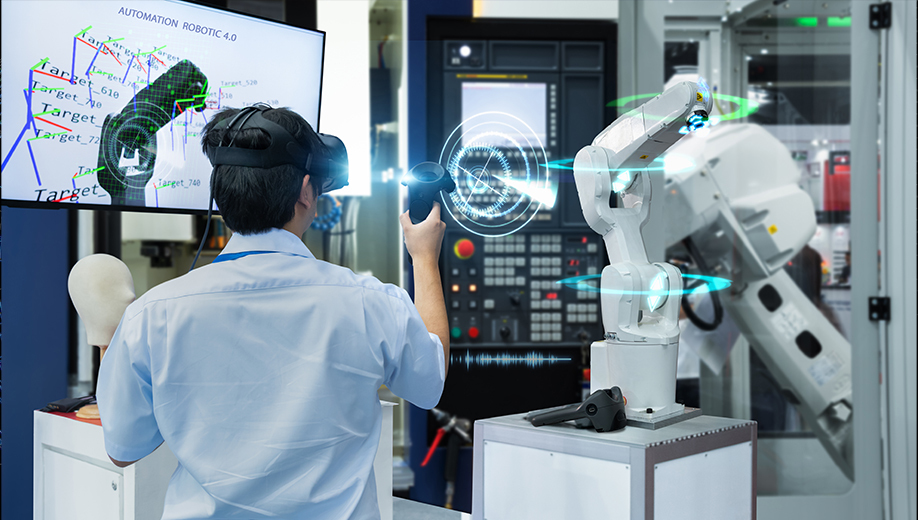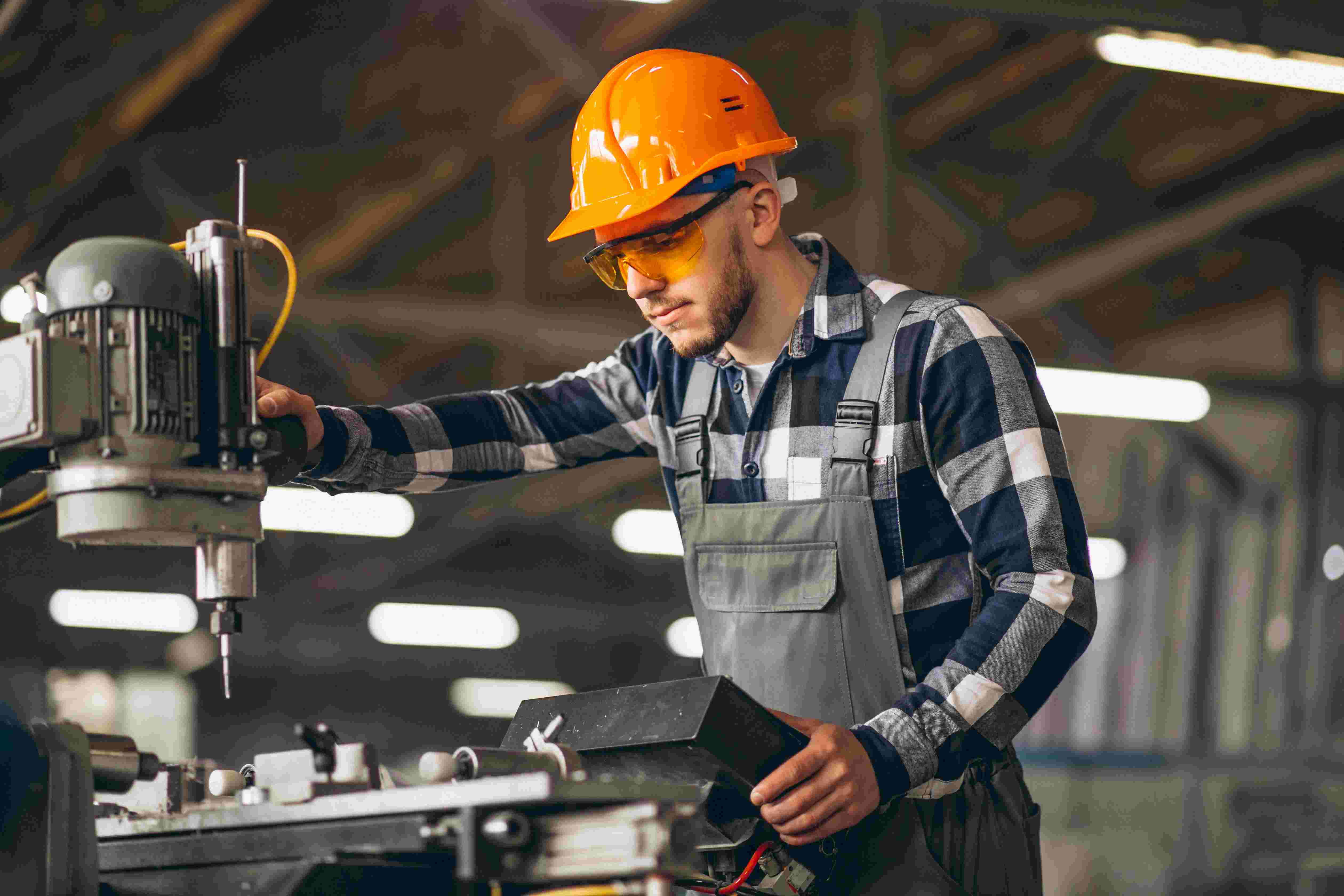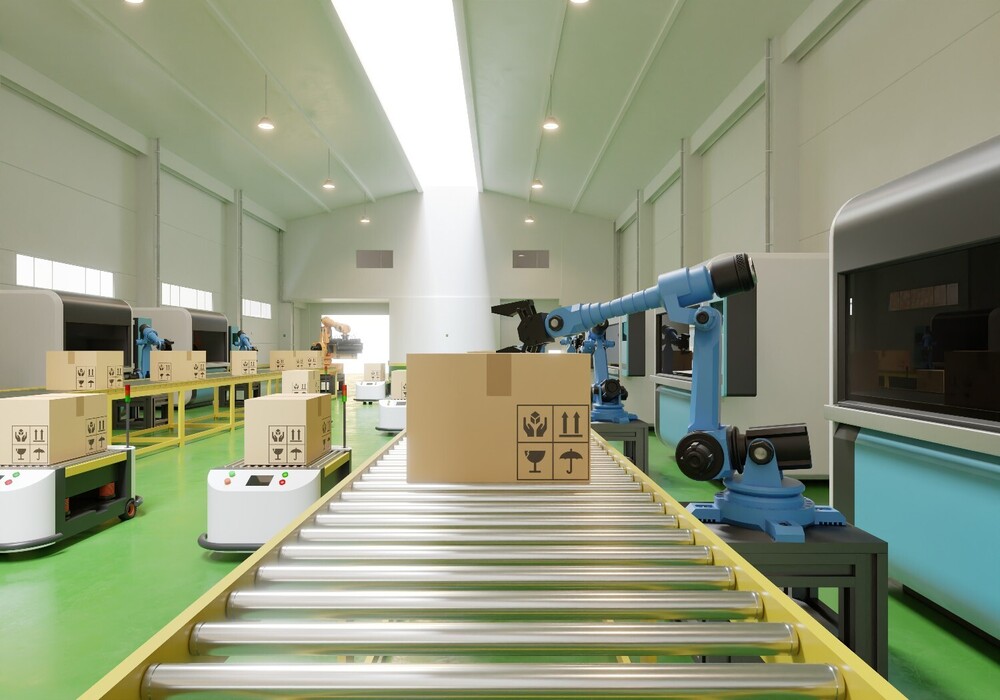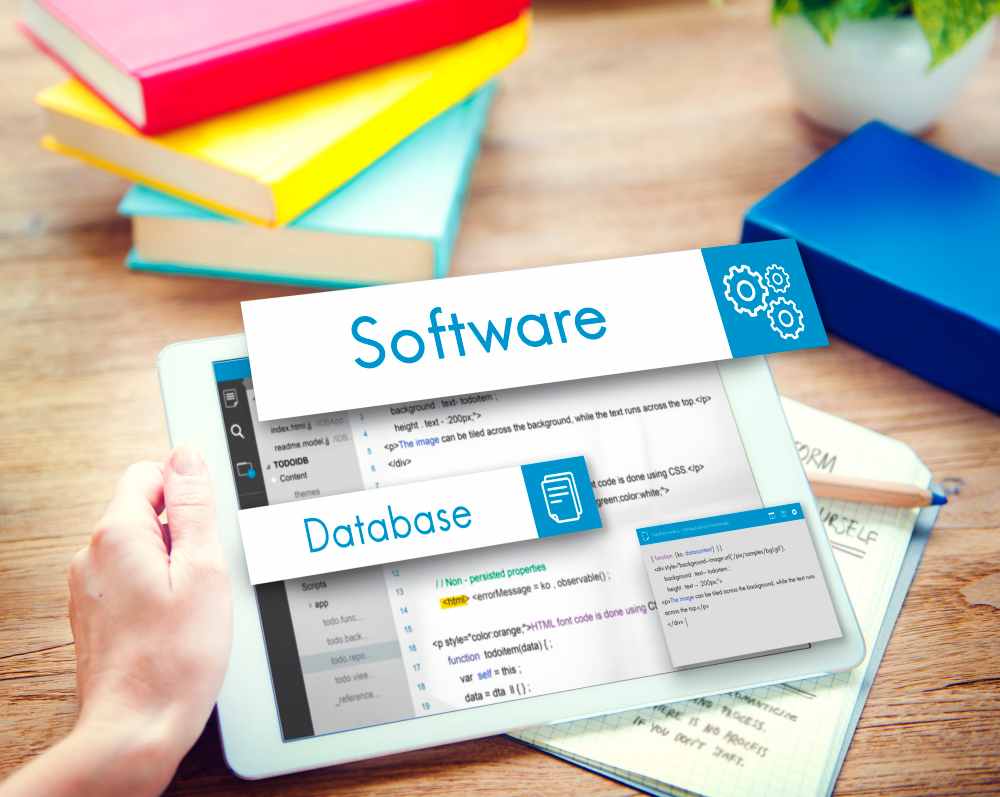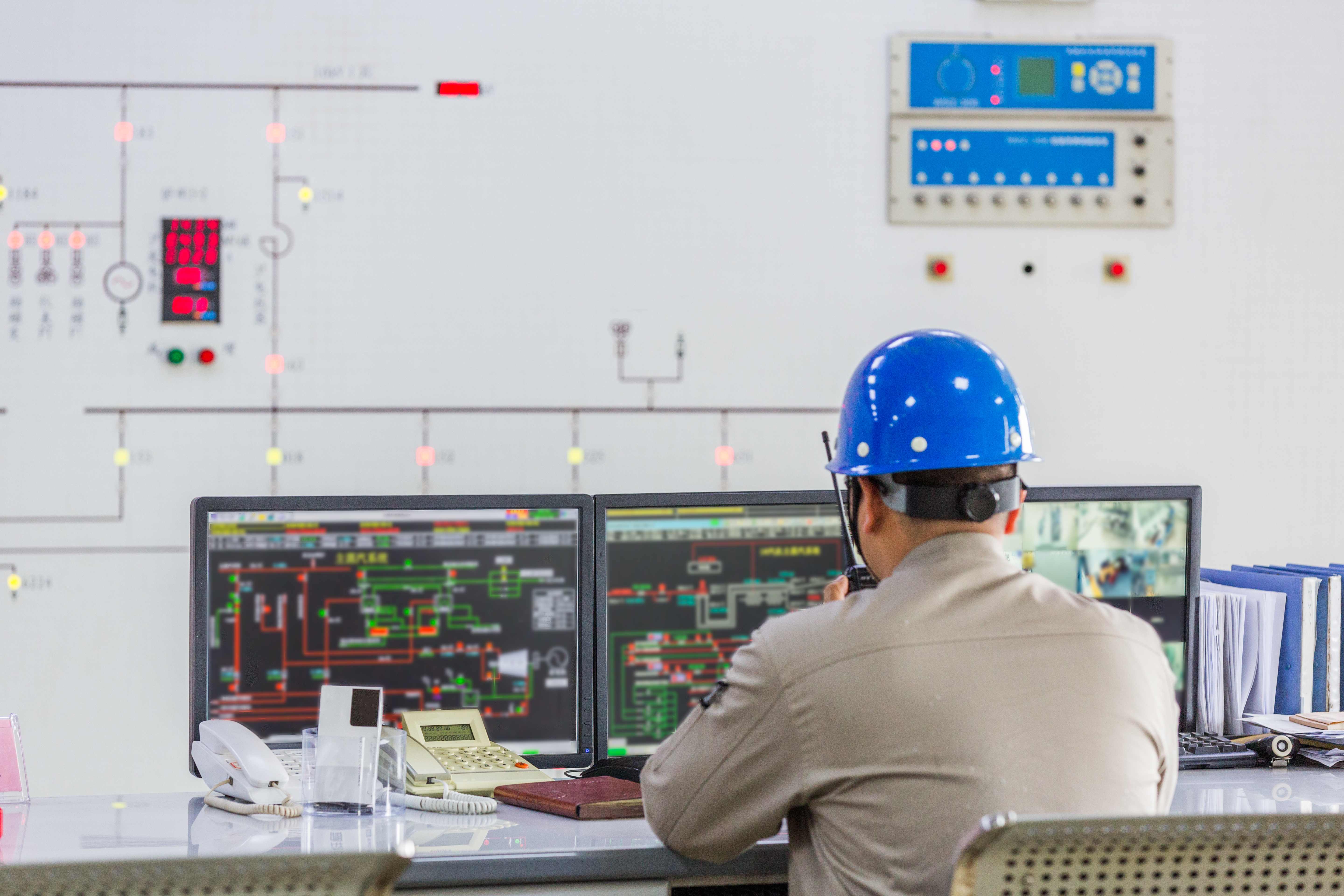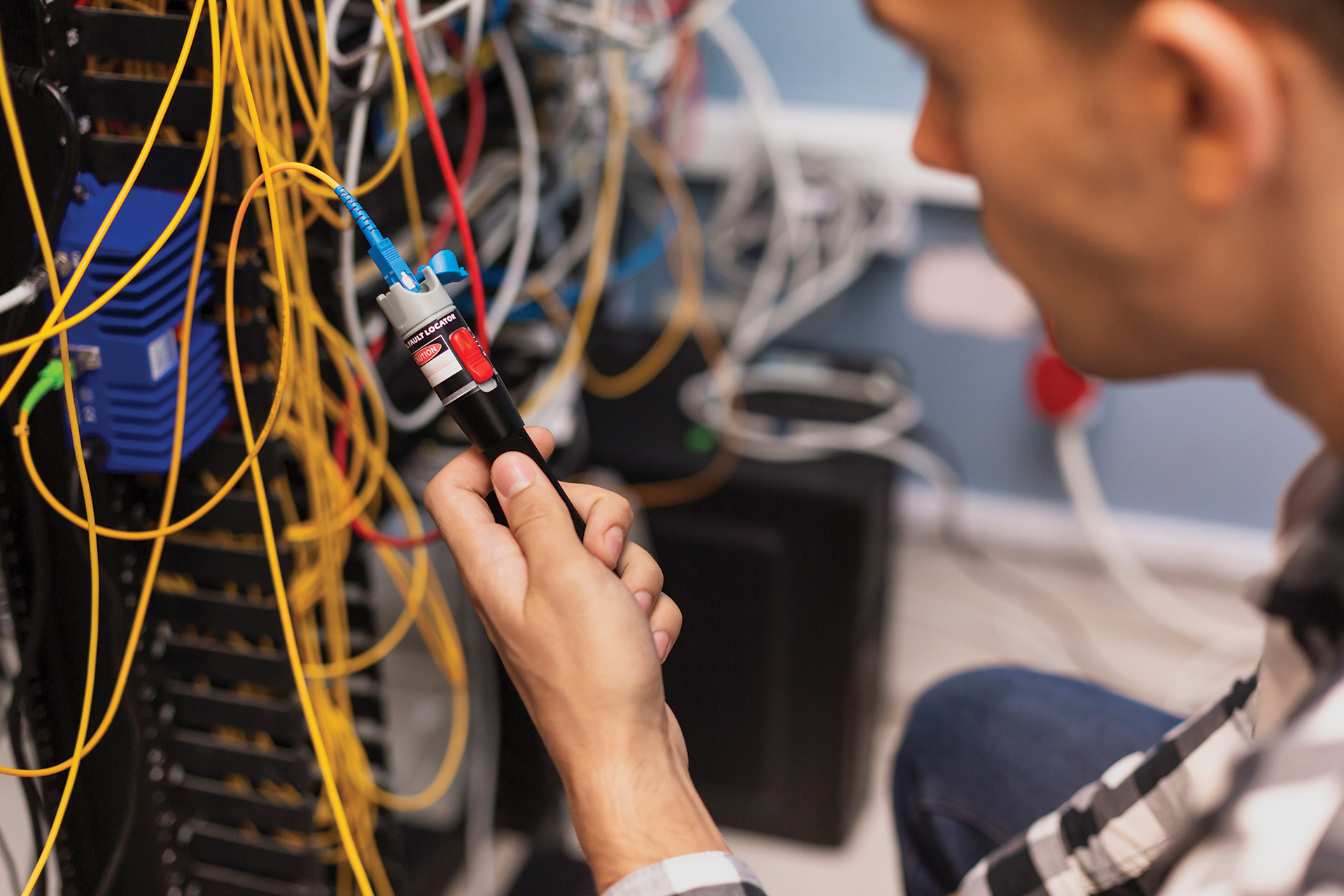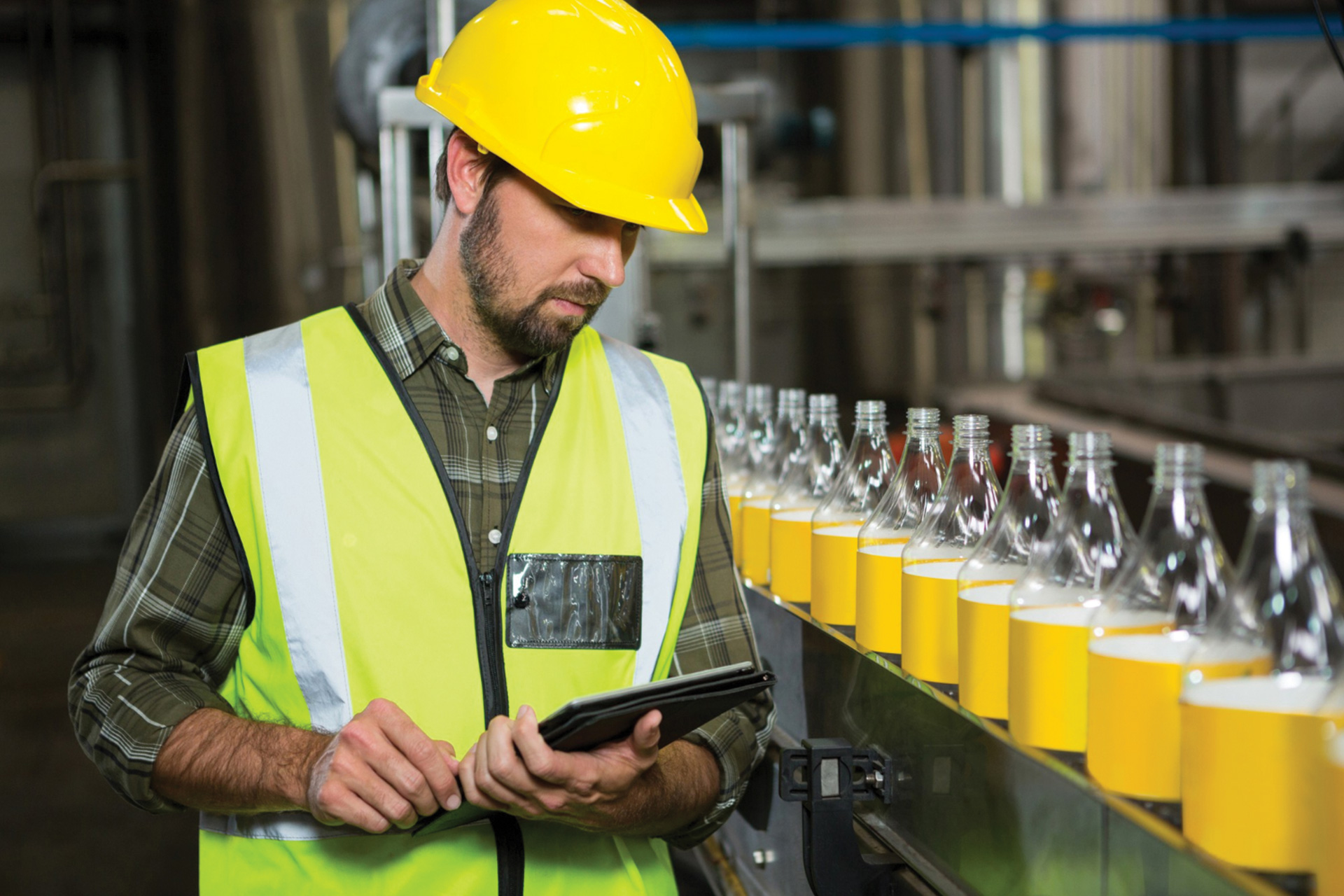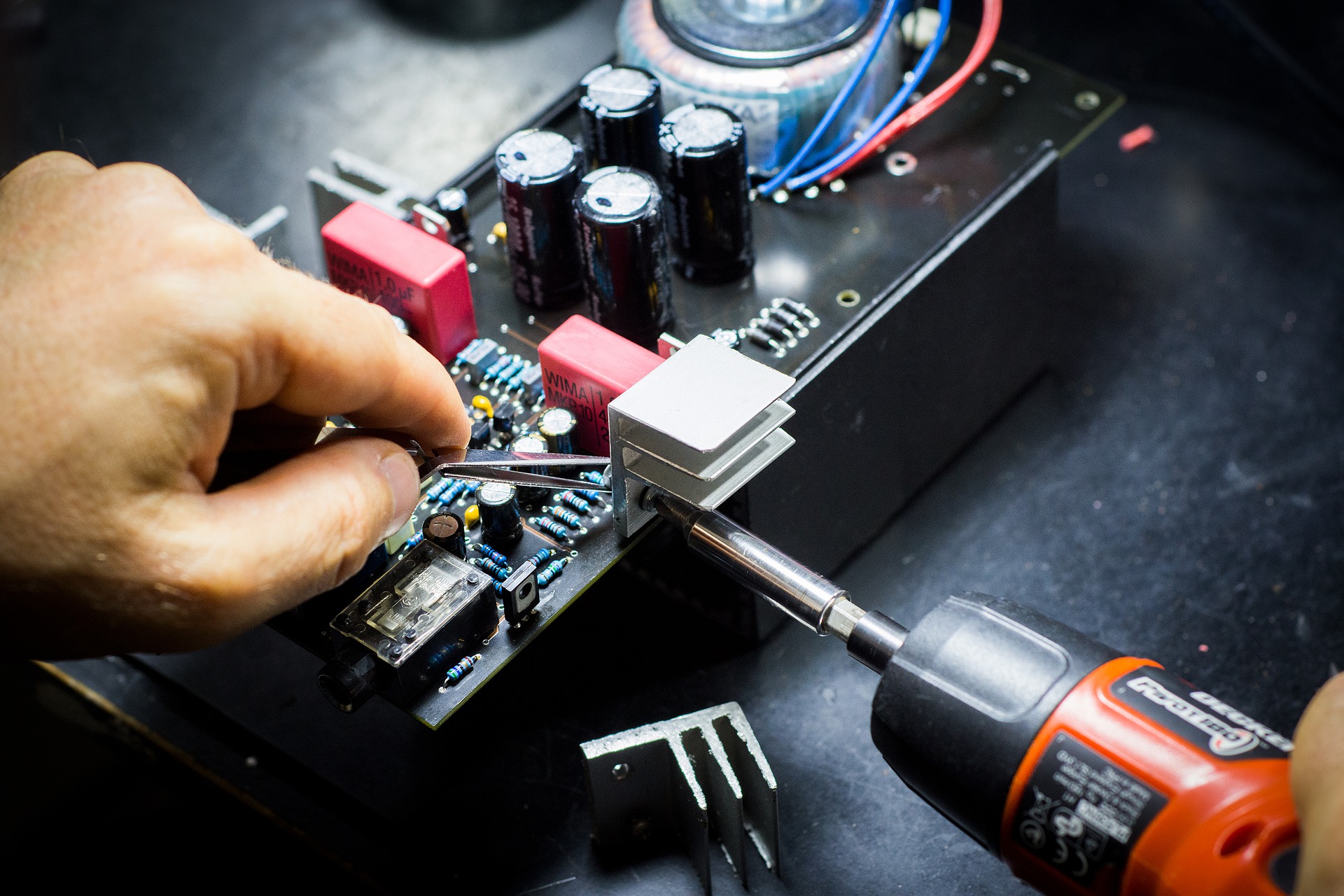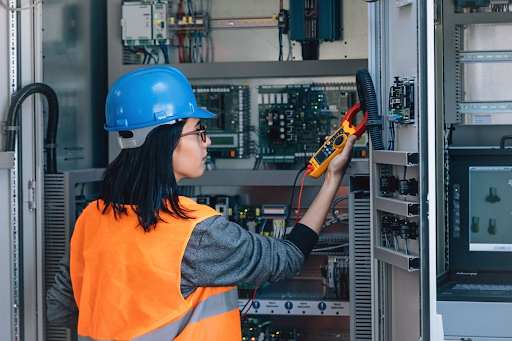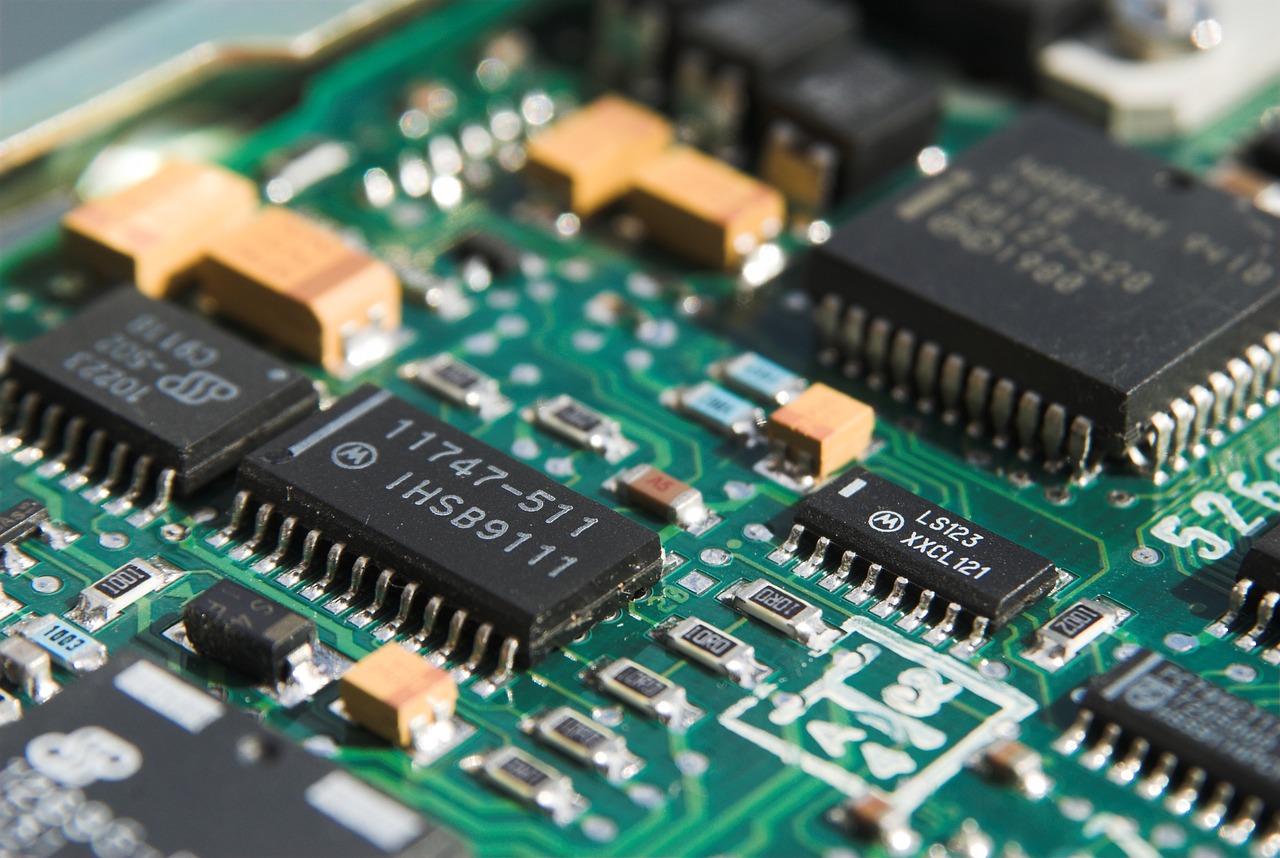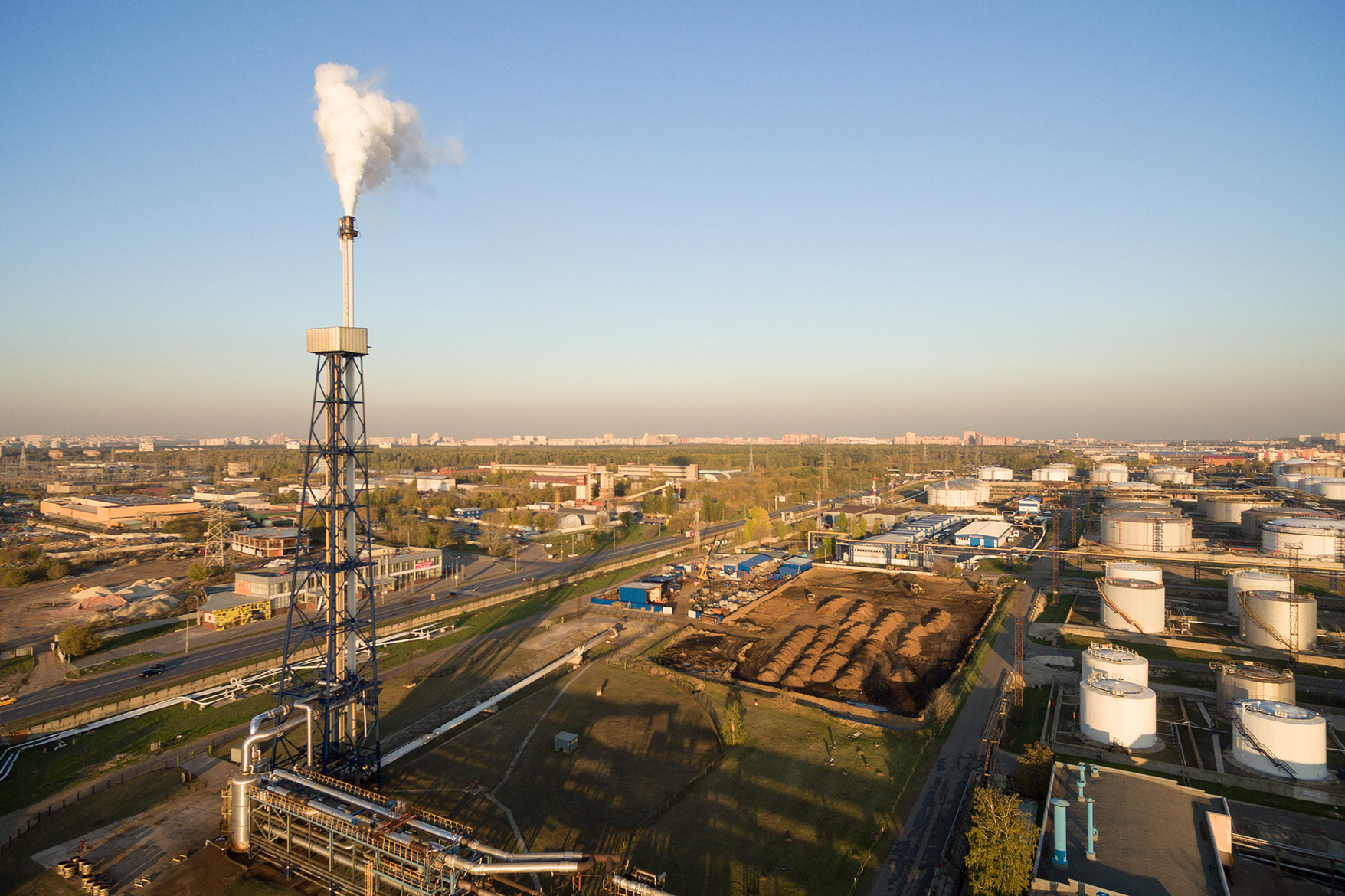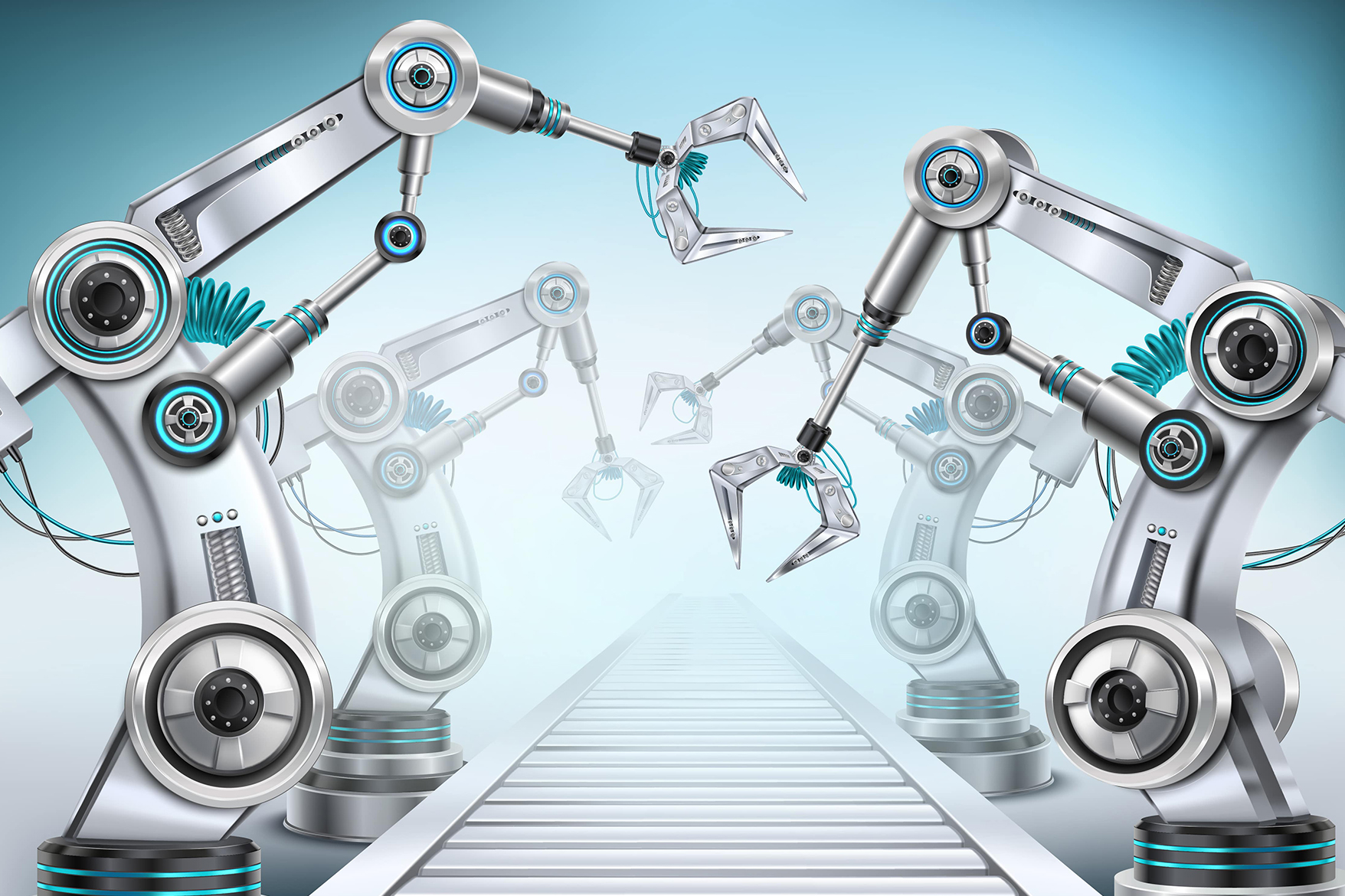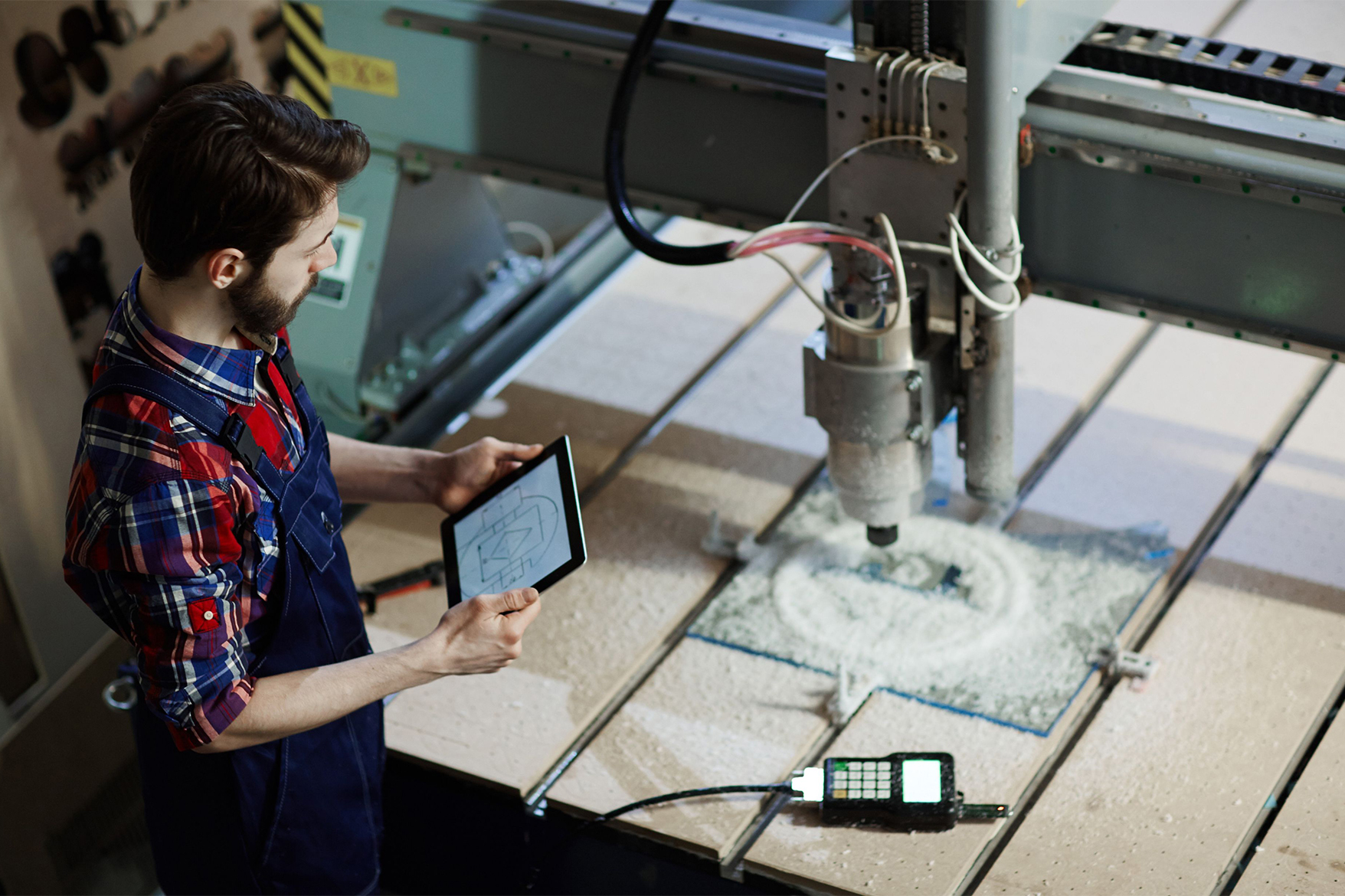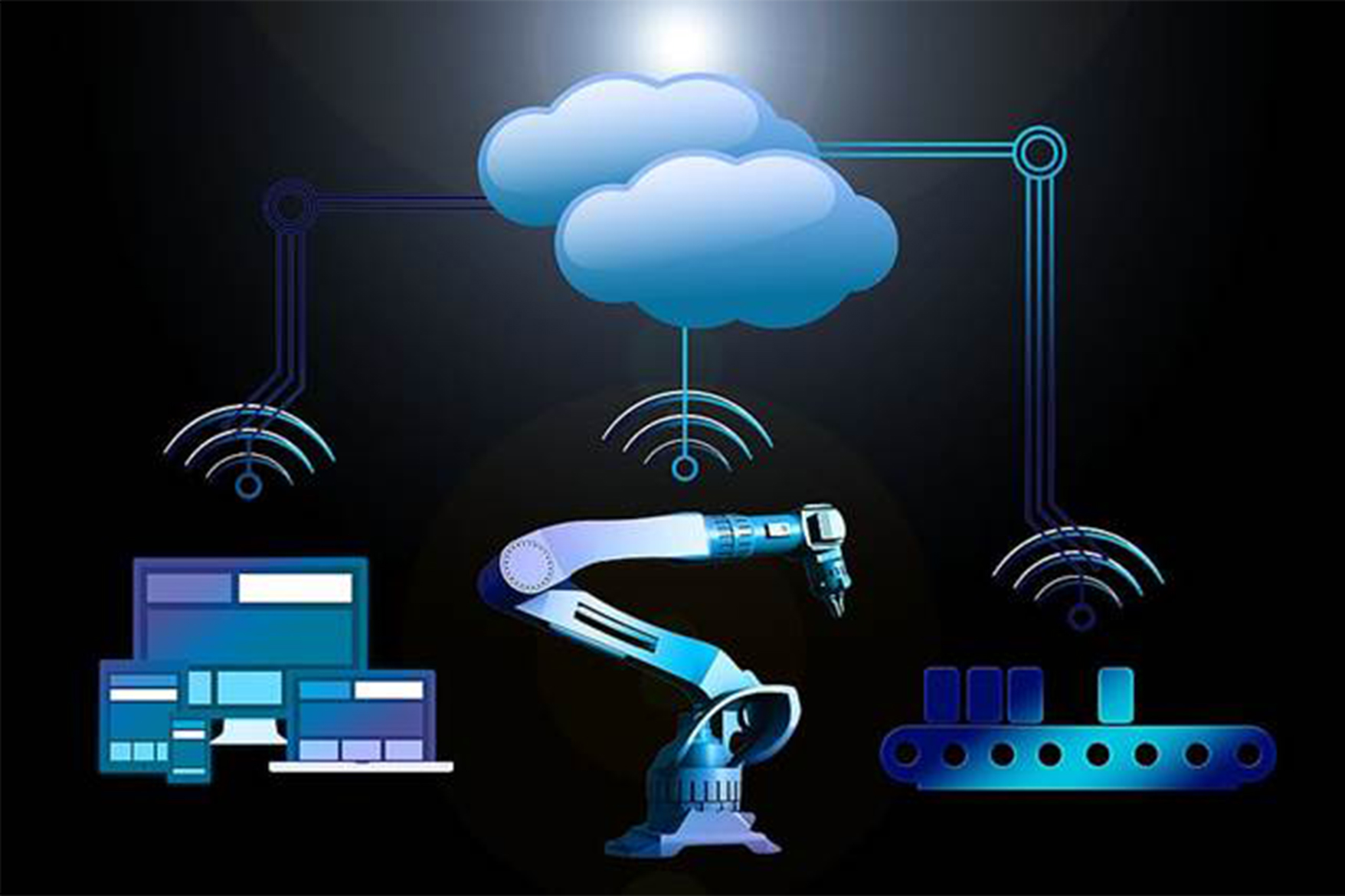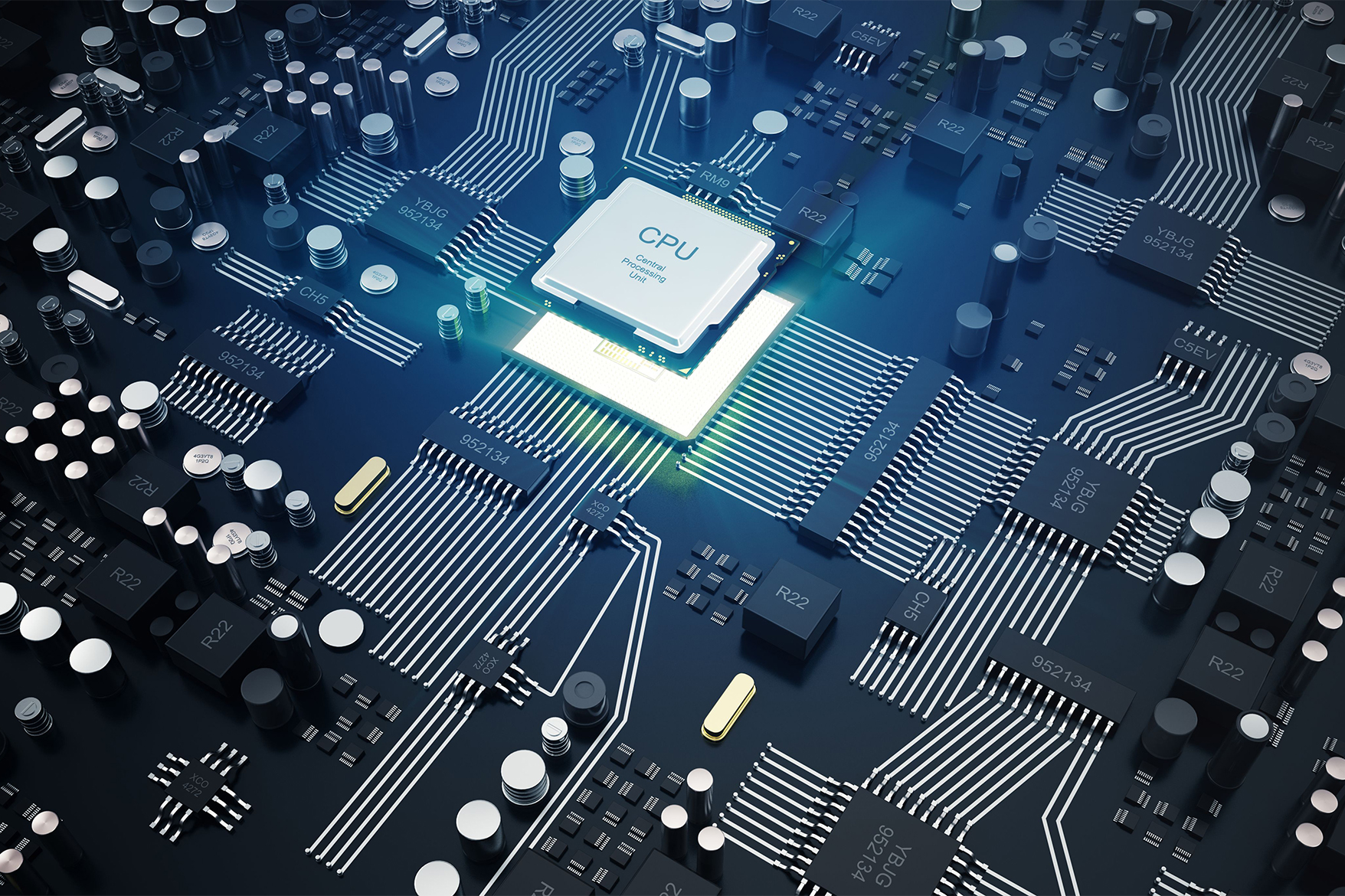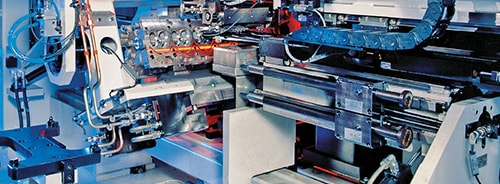What is Industrial Automation?
Automation helps save a lot of time and effort and at the same time, it helps get a job done more accurately. Industrial automation involves the use of robots, control systems, and computers to handle and perform certain operations. A survey by Fortune Business Insights reported that the global industrial automation market will reach 296.70 billion dollars by 2026. In this blog, let’s explore the top 10 advantages of industrial automation.
Industrial Automation in Manufacturing
Automation is greatly transforming the manufacturing industry. The shift from manual manufacturing methods to automated processes is termed as the Industry 4.0 revolution. This revolution is bringing cyber-physical systems into existence. Many manufacturing units are already employing robots and using digital technology to automate processes. A few examples of automation in manufacturing are:
- Use of thermal sensors to monitor high activity areas on the floor.
- Automatic sorting in the production line.
- Automation of food and beverage packing to reduce chances of human contamination.
- 3D printing.
- Numerical control in the machine tool industry.
Top 10 Advantages of Industrial Automation
1. Reduces Cost
One of the top advantages of automation is reduction in manufacturing costs. Instead of having a floor full of workers, you can now have just a few supervisors and have robots do the job. The initial investment will be a little high, but then the operation costs will reduce, which will be beneficial in the long run. Your expenses will only include maintenance, repairs, and energy. AI and data analytics have also helped reduce production costs by providing insights and information to make the right production decisions. Automation helps improve productivity, quality and system performance, which in turn reduces your operating expenses (OPEX). At the same time, automated preventive maintenance can improve the life and performance of the machines. It enhances the value of your assets and in turn decreases your capital expenses (CapEx).
2. Increases Productivity
Automated productivity lines consist of workstations connected by transfer lines. Each work station takes care of one part of the product process. Robotic process automation can be used to mimic many human actions. The system can be configured to login to applications and take care of the administrative work related to the business process. Robots can also be used on the production floor to handle raw materials, clean equipment, operate high-pressure systems, and do lots more. For example, in an automobile manufacturing unit, auto components are cut and shaped in different press working stations. All the parts are then brought together to one place where a robot puts them together to build the vehicle. Process automation greatly speeds up the production process.
2. Increases Productivity
Automated productivity lines consist of workstations connected by transfer lines. Each work station takes care of one part of the product process. Robotic process automation can be used to mimic many human actions. The system can be configured to login to applications and take care of the administrative work related to the business process. Robots can also be used on the production floor to handle raw materials, clean equipment, operate high-pressure systems, and do lots more. For example, in an automobile manufacturing unit, auto components are cut and shaped in different press working stations. All the parts are then brought together to one place where a robot puts them together to build the vehicle. Process automation greatly speeds up the production process.
3. Enhances Quality
Industrial automation also helps increase and maintain consistent quality of the output. In manual processes, the error rate is around 1 to 1.15%. On the other hand, automated machines in the manufacturing industry have an error rate that is as low as 0.00001%. Adaptive control and monitoring help check every level of the manufacturing process to reduce the margin of errors.
4. Industrial Safety
A huge benefit of automation is improved safety at the workplace. Using robots for loading and unloading materials or transferring huge machine parts reduce risks of accidents. Industrial automation also keeps workers from going too close to the assembly lines, thereby improving safety. Thermal sensors continually check the temperatures in the production area. In case, they identify any spike in temperature, the sensors will send an alert. Immediately, precautions can be taken to ensure the safety of everyone on the production floor.
5. Accurate Results
Data automation is based on accurate data integration and connectivity. When accurate information is used in the production process, you can be assured of precise results. AI and ML solutions help you get detailed data that can be analyzed using data analytics tools to get accurate information.
Deep learning algorithms are used to build self-healing digital grids that use data analytics and intelligent energy forecasts to manage energy generation. Machine Learning apps have been used to build a self-learning quality control system for assembly line. ML and AI solutions are scalable and self-learning. Both these features ensure that the automated systems deliver accurate results every time, without fail.
6. Better Working Conditions and Value-Addition
One of the best benefits of industrial automation is that it ensures consistent production and results. Computers, robots, and automated machines work at a steady pace. It allows you to have a better grip on the production rate. Automation not only delivers consistent production, but also consistent quality. In a flexible manufacturing system, the tools, processing machines, and material-handling robots are connected and controlled by a central computer system. Once the entire process is computed, the production goes on continuously without any drop in the pace or the results.
Flexible automation process lets you design or reconfigure a machine to suit a different product measurement or new product. In traditional production processes, it may take days or weeks to train employees. Another problem is that it can be difficult for workers to get used to the new process, which could cause production delays or quality issues. On the other hand, reprogramming a machine or a robot is easier and takes up less time. Plus, after a few trials, you will be ready to go into full production.
Automation frees up employees from working on tedious and repetitive tasks. This means that they can focus on other areas where they can do a value add. They can help with research and process development. Also, workers can effectively use robotic tools and machines to deliver faster and quicker results. Employees also experience the feel-good factor of doing positive and progressive work.
Industrial automation also helps improve working conditions. As the automated machines are able to step up the production, workers need not work long shifts or overtimes. Work hours are reduced, leading to an improved quality of life. In the United States, industries that adopted automation solutions were able to set a standard work time of 40 hours per week.
7. Industrial Communication
Without industrial communication, industrial automation can be near impossible. The communication system helps monitor and operate entire production lines, manage power distribution, and control machines. The most popular protocols for industrial communication are Fieldbus, PROFIBUS, EtherCAT, EtherNET/IP, and CANopen. Industrial communication allows for faster data analysis and real-time decision making.
8. Monitoring & Predictive Maintenance
A huge benefit of industrial automation is that it helps in monitoring and predictive maintenance. Production lines and production floor can be continuously monitored using sensors. These sensors track temperature, acoustics, time, frequency, oil pressure and other parameters related to the production process. If the sensors detect any change in these parameters, they will immediately send an alert. When the alert is received, the technicians can immediately identify the cause for the change. If it is noted that the changes in parameters may cause equipment problems or issues in the production process, then immediate service or repairs can be done. Automation can therefore help identify possible issues before they blow up into huge problems that can result in production downtime.
9. Equipment Monitoring
An automated equipment monitoring system helps observe the working condition of all the equipment in the manufacturing unit. Sensors, cameras, and network can be used to observe the equipment from afar. The monitoring system also helps diagnose any issues in the equipment and do the necessary repairs and services. This automated solution can be effectively used in petrochemical plants, manufacturing units, and other industries where large and complex machines are used. The automated system enhances safety, reduces the number of operators on the floor, and improves machine performance and lifespan.
10. Production Traceability
Automating the entire production process can greatly help in production tracing. Traceability is not only important in the food and beverage industry, but also in other industries. Tracing helps increase the quality and value of your product and facilitates mapping. Also, traceability makes root cause analysis more effective and aids continuous development. Automation helps trace the entire lifecycle of a product from the raw material to the location where the final product is shipped. You will also have a clear record of when and who did the product inspections, the assembly status, the condition of the machine when the product was processed.
How can Utthunga help in Industrial Automation?
With more than 12 years of industry experience, Utthunga is a leader in industrial automation. Our team includes experts in the latest digital technologies and industry professionals to provide digital transformation solutions customized to your business process. We design scalable industrial solutions based on your production process and business goals. A few of our industrial automation solutions include:
- Using sensors and PLCs for automation.
- Building smart devices for the hardware part of engineering
- Using embedded engineering to create smart devices (non-digital to digital).
- Offering data integration solutions that meet industrial protocols.
- Collecting data from sensors and transferring to a Cloud database.
- Building mobile applications for commissioning, calibrating, local diagnostics and configuration.
- Creating Cloud analytics solutions.
Contact us to know more about our industrial automation solutions.

